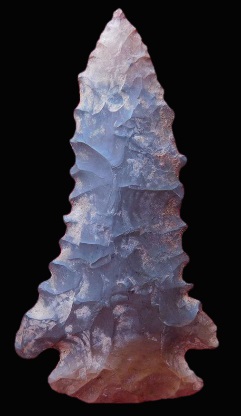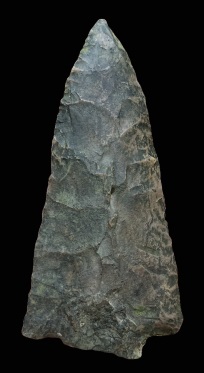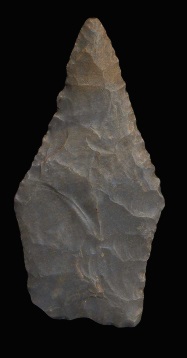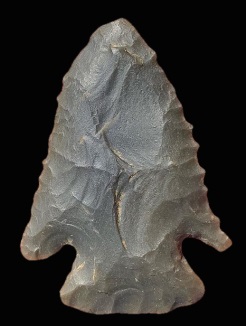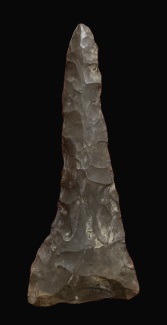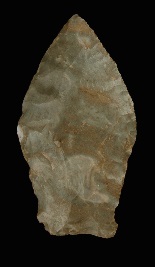.jpg)
.jpg)
Named for Fort Payne Alabama, Fort Payne chert forms in ridge and valley regions of the lower Tennessee River valley of Tennessee, Georgia, Alabama, and Mississippi. Was previously referred to as Lauderdale Chert for outcroppings in Lauderdale County, Alabama. Chert from the Iuka Formation was later included in the Fort Payne Formation.
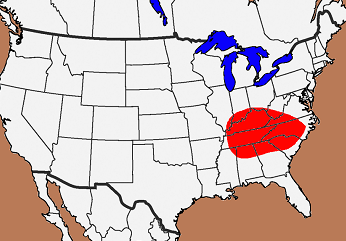
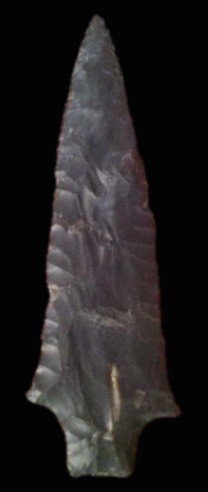
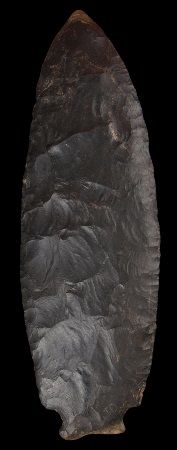
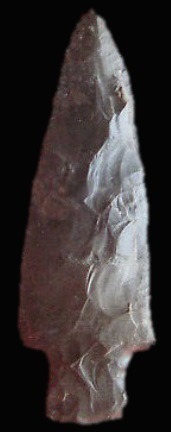
.jpg)
